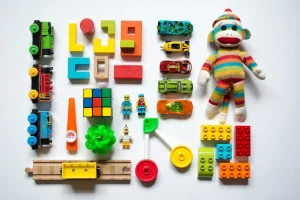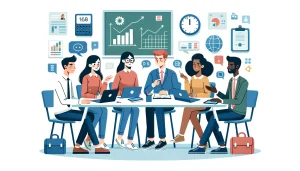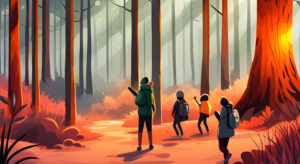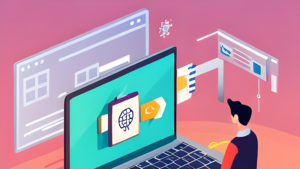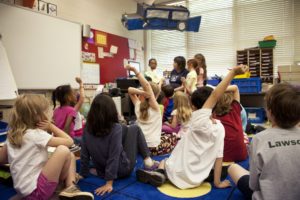Why Experiential Learning Matters: A Data-Driven Guide for Educators and Parent

Table of Contents
Introduction
Remember your most memorable school moments? Chances are they didn’t happen behind a desk. Instead, we often recall the times we stepped outside the traditional classroom and engaged with the world around us. Science experiments, historical field trips, or even simple outdoor readings tend to linger longer in our memory. And so do the things we learned there. These types of teachings have a name: experiential learning.
This article explores experiential learning, a hands-on approach to education that’s more than just a buzzword. It’s a game-changer for educators, parents, and learners alike. It fosters creativity, critical thinking, and personal growth. It’s not only about acquiring knowledge but also about experiencing the world around us and applying what we learn to real-life situations.
What is Experiential Learning?
Experiential learning is an educational approach where learners engage in activities, reflect on them, and apply theoretical concepts to real-world situations. It is learning through action, reflection, and application.
Unlike traditional learning, which often involves passive listening, experiential learning is active and participatory. It’s not a new concept; it’s deeply rooted in educational theories like John Dewey’s “learn by doing.” Moreover, it is more collaborative and often involves group work. It promotes a sense of community and teamwork, which are essential skills in the modern world.
The Core Elements of Experiential Learning
Experiential learning involves a four-stage cycle: concrete experience, reflective observation, abstract conceptualization, and active experimentation. These stages guide learners through a process that helps them link theory with practice.
Each stage contributes to a deeper understanding of the subject. You start with an experience, reflect on it, conceptualize theories, and then test them in new situations. Learners not only grasp concepts better, but they also see the bigger picture. This allows them to understand how different concepts are interconnected.
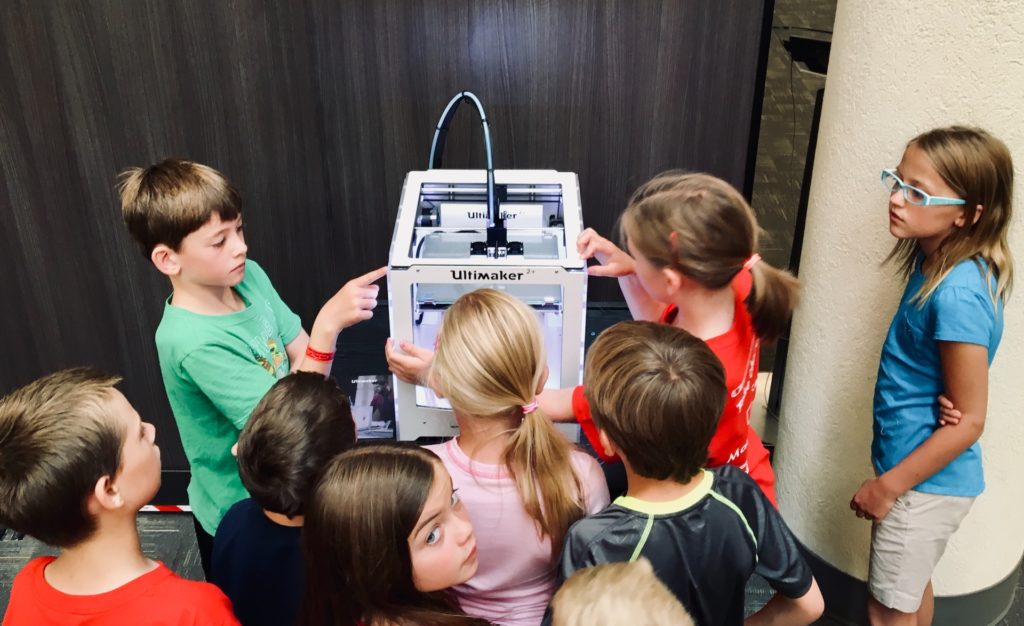
The Benefits: Why Experiential Learning Works
According to a Spanish research paper, experiential learning enhances critical thinking and focuses on sustainability. The study conducted different observations and experiments. These where done to analyze factors like realism, structure, and perceived usefulness.
The results were compelling. They found that experiential learning elevates skills like critical thinking, problem-solving, and adaptability. Moreover, it also promotes autonomous learning and initiative. In short, it’s a toolkit for life, making students more resilient and better equipped to tackle real-world problems.
Data Speaks: The Numbers Behind Experiential Learning
The same study surveyed 326 undergraduate students and found that realism and structure in simulations significantly influenced their learning motivations.
Realism of the Simulation
| Description | Factor Loading |
|---|---|
| The realism of the images motivates me to learn | 0.860 |
| The progressive and logical changes in the images make me want to find out more | 0.755 |
| The realism of the images helps me understand the topics covered in theory classes | 0.836 |
Perceived Usefulness
| Description | Factor Loading |
|---|---|
| The business simulations allow me to finish my studies in less time | 0.752 |
| The business simulations increase my learning efficiency | 0.869 |
| The business simulations improve my learning performance | 0.872 |
Simulation Structure
| Description | Factor Loading |
|---|---|
| The objectives of the business simulations are clearly presented | 0.846 |
| The tasks in the business simulations are easy to follow | 0.759 |
| The business simulations provide all the information and support necessary during their use | 0.802 |
Learning Motivation
| Description | Factor Loading |
|---|---|
| I prefer to choose a course that generates curiosity, even if it is more difficult than others | 0.767 |
| Learning with business simulations was fun | 0.738 |
| I feel that my academic performance improves after using business simulations | 0.890 |
Development of Critical Thinking
| Description | Factor Loading |
|---|---|
| I asked many questions during the learning process | 0.760 |
| It is important to justify the choices I make in business simulations | 0.893 |
Note: A factor loading of 0.7 or higher indicates that the statement is a reliable measure of the concept being studied.
This data is important for educators and policymakers. It provides evidence that experiential learning is effective. It confirms what many educators have believed for a long time: that experiential learning is crucial for the development of a student.
How to Implement Experiential Learning
For teachers and parents, start small. Integrate experiential learning activities into your existing curriculum or daily routines. Here are some ways to integrate experiential learning into your curriculum or daily routines:
- Plan field trips or visits to local laboratories or natural reserves. For example, a science teacher can organize a visit to a local laboratory or a natural reserve. This will give students the opportunity to learn in a real-world setting and apply what they have learned in the classroom.
- Use virtual simulations to offer a risk-free environment for experimentation. Virtual simulations can provide an opportunity to practice and experiment without any real-world consequences. Students can use virtual simulations to learn about science experiments or to practice problem-solving skills.
- Use interactive games to reinforce fundamental skills. Students can use interactive games to reinforce math, spelling, phonetic, and reading skills. Sites like Spelling Training permit students or teachers to upload their own word lists to practice word pronunciation and create interactive games.
- Organize a community service project. This will give students the opportunity to learn about social issues and how they can make a positive impact in their community. For example, students can organize a food drive or volunteer at a local shelter.
Challenges and Solutions
Budget constraints and lack of resources
It can be challenging to organize outdoor activities or visits to different institutions. You can try to seek partnerships with local businesses or use online resources. Crowdfunding can also be an option. There are many online platforms available that offer virtual experiences or simulations that can be used as a part of the experiential learning curriculum.
Resistance to change
Implementing experiential learning requires a shift in the traditional teaching approach, which can be met with resistance from educators, parents, or students. One solution is to provide training and support to educators to help them understand the benefits of experiential learning and how to implement it effectively. Another solution is to involve parents and students in the process by providing them with information and resources to support experiential learning at home.
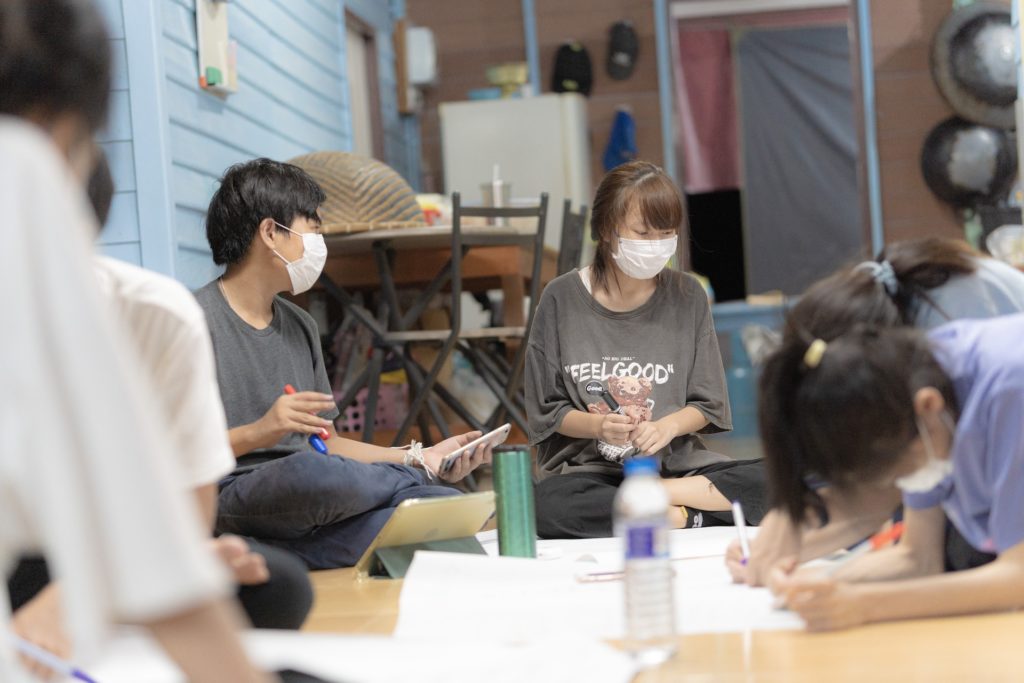
Conclusion
Experiential learning is not just another educational trend. It’s a transformative approach that prepares individuals for real-world challenges. It develops not only knowledge but also skills and attitudes that are essential for personal and professional success.
It’s time for educators and parents to step up. Embrace experiential learning as a vital part of modern education. It’s not only about what we learn, but also about how we learn. Let’s make learning more meaningful, engaging, and effective.




